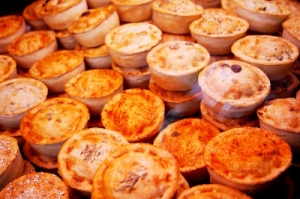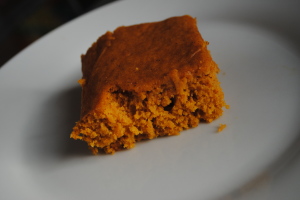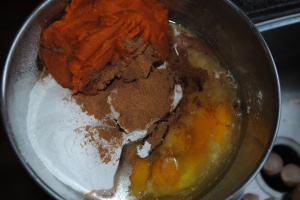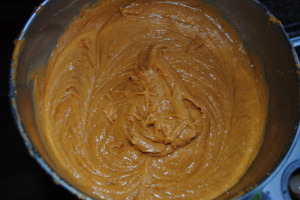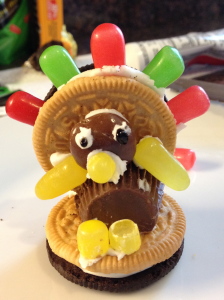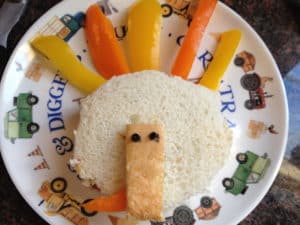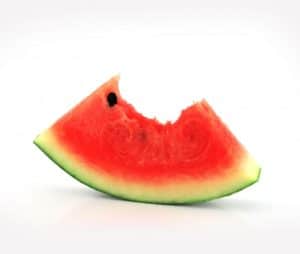This time of year is tough. Who among us doesn’t feel larger at New Year’s then we were before Halloween? Since losing weight is a challenge for most people, the best practice this time of year (or anytime) is to prevent weight gain. But how to do that when the parties and family feasts are plentiful?
Here are some tips:
- First, don’t set yourself up to fail. Don’t aim to never have dessert. How realistic is that? When one fails at this, often what follows is giving up and over-indulging.
- So, set realistic goals. Have one dessert at Thanksgiving instead of 4? Don’t snack on the office candy tray, but eat dessert at parties?
- When you do indulge in desserts (as you will and should!), make it an indulging meal. Not an indulging day or month. Often we think, “oh, I’ve blown my diet or goals for today, so I’ll just eat whatever I want and start over tomorrow.” By doing this, you could potentially eat thousands of extra calories!
- Since hunger and cravings are terribly difficult to overpower, give yourself a better chance by controlling your hunger. If you are starving, you will overeat as you will be too hungry to control your portions or make wise food selections. Here’s how:
- Don’t starve yourself during the day so you can binge at night. Have healthy, high protein and fiber snacks/meals so that when party time comes you can make wise choices.
- Stay hydrated. Drink lots of water, throughout the day, every day. Being dehydrated can manifest as hunger and cravings.
- Get proper sleep. Without enough sleep you won’t produce enough leptin, the hormone that helps you feel full.
- At a party:
- Only eat it if it is fabulous; skip it if you can. In other words, don’t just eat it because it is in front of you, make discriminating choices.
- Take a small plate. Filling up a small plate will have a lot less calories than a full large plate.
- Don’t linger around the food.
- Chew gum or have a mint when you want to stop eating (these things dull taste buds).
- Holiday meals
- Make a few substitutions
- sugar substitutes
- skim milk instead of cream
- non-fat greek yogurt instead of sour cream
- chicken broth instead of butter (in stuffing or mashed potatoes)
- Smaller portions
- Make a few substitutions
- EXERCISE
- Family walks
- Family football games (instead of watching football)
Above all: ENJOY YOURSELF
photo: stockimages

